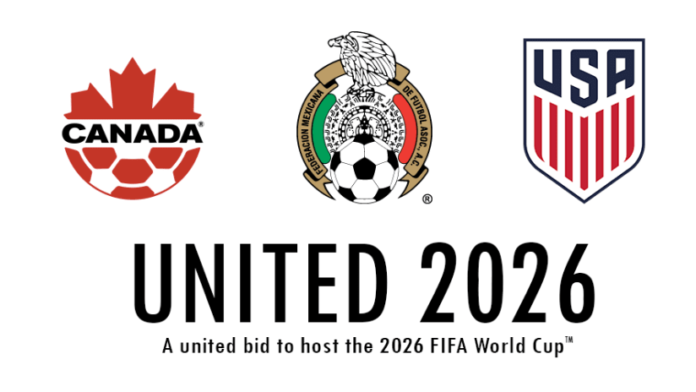For the first time in World Cup history, soccer fans will witness 48 nations competing in the tournament, a significant increase from the previous 32-team format used in past competitions.
This expansion creates opportunities for more countries to participate in the world’s most prestigious soccer event, especially for nations that have rarely qualified before.
The increase in participants means more matches, more excitement, and more chances for underdogs to make their mark on the global stage1. With this new format, FIFA aims to grow the sport worldwide and give more countries valuable experience at the highest level of competition1.
Continental Slot Allocation
The 48 available spots are distributed among the six continental confederations, with each region receiving a specific number of direct qualification spots and playoff opportunities.
Europe (UEFA) receives the highest allocation with 16 direct spots, reflecting the continent’s strong presence in international soccer. Africa (CAF) follows with 9 direct spots plus 1 playoff spot, while Asia (AFC) has been awarded 8 direct spots and 1 playoff position1.
North and Central America (CONCACAF) receives 6 direct spots plus 2 playoff spots, South America (CONMEBOL) gets 6 direct spots and 1 playoff spot, and Oceania (OFC) earns 1 direct spot plus 1 playoff spot1.
This distribution aims to balance regional representation while acknowledging the varying competitive levels across different parts of the world.
The Qualification Timeline
The road to the 2026 World Cup is already underway, with qualification matches beginning at different times depending on the confederation.
South American teams started their qualification journey earliest, with matches beginning on September 7, 2023, while European teams will begin competing much later on March 21, 20251.
The qualification process spans approximately two years, giving teams multiple opportunities to earn their place in the tournament through various formats specific to each confederation1.
Some regions use league formats, while others employ knockout tournaments or a combination of both to determine which teams advance to the World Cup finals.
Currently Qualified Teams
Canada, Mexico and the United States will host the 2026 FIFA World Cup. These three countries are already in the tournament because they are hosts. More teams will join after playing qualification matches in their regions.
Here is the latest list of teams qualified by April 2025:
| Team | Qualification Method | FIFA Ranking | Best WC Performance |
|---|---|---|---|
| United States | Host | 16 | Third place (1930) |
| Mexico | Host | 19 | Quarter-finals (1970, 1986) |
| Canada | Host | 31 | Group stage (1986, 2022) |
| Argentina | Qualified from South America | 1 | Winners (1978, 1986, 2022) |
| Japan | Qualified from Asia (Group Winner) | 20 | Round of 16 (2002, 2010, 2018, 2022) |
| Iran | Qualified from Asia (Group Winner) | 22 | Group stage (1978, 1998, 2006, 2014, 2018, 2022) |
| New Zealand | Qualified from Oceania | 105 | Group stage (1982, 2010) |
Qualification Process
Europe (UEFA) – 16 Teams
- Total Teams: 54
- Spots Available: 16
- Start Date: March 21, 2025
- End Date: March 31, 2026
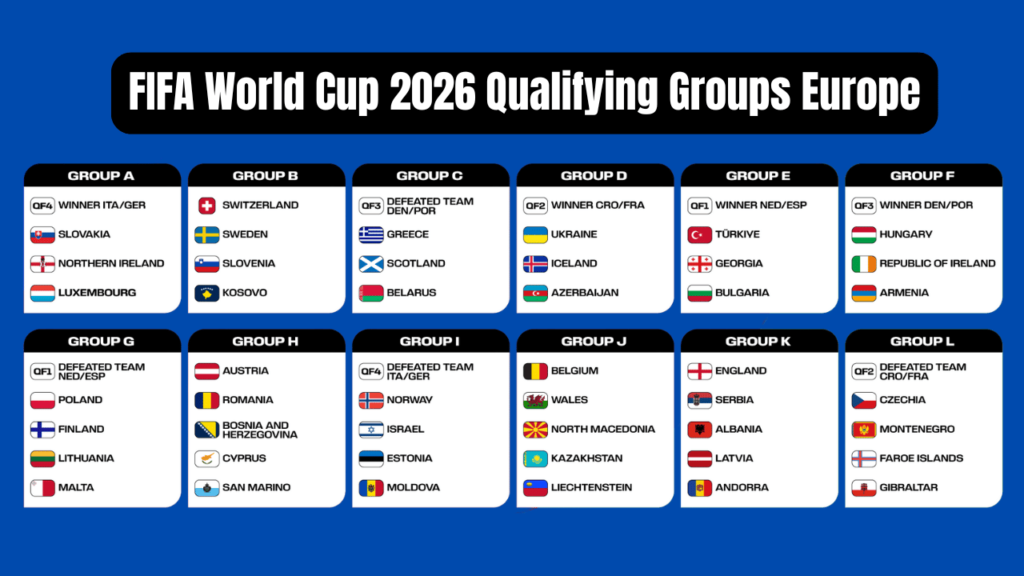
South America (CONMEBOL) – 6 Teams
- Total Teams: 10
- Spots Available: 6
- Start Date: September 7, 2023
- End Date: September 2025
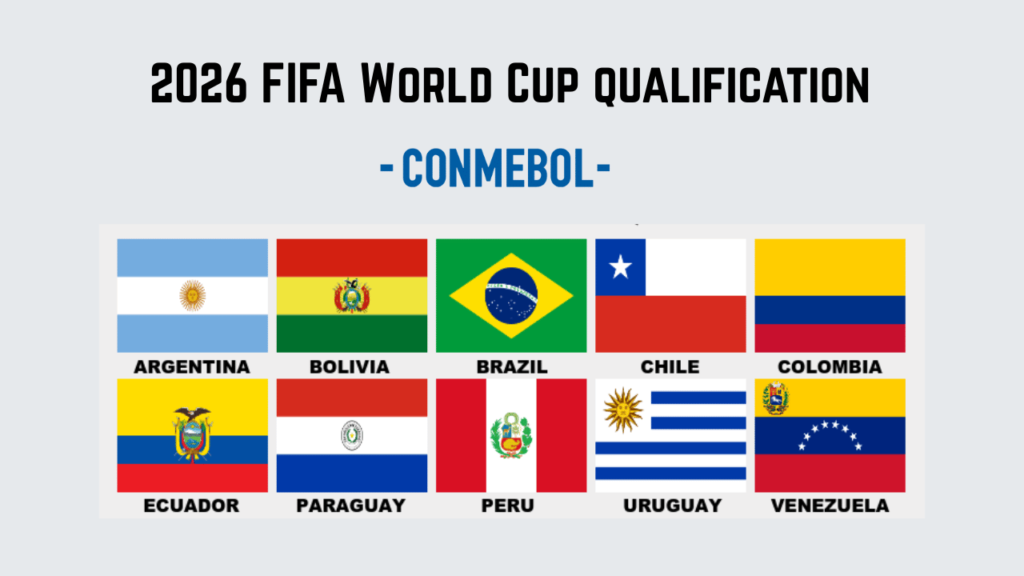
North & Central America (CONCACAF) – 6 Teams
- Total Teams: 32
- Spots Available: 6
- Start Date: March 22, 2024
- End Date: November 2025

Africa (CAF) – 9 Teams
- Total Teams: 53
- Spots Available: 9
- Start Date: November 15, 2023
- End Date: November 2025
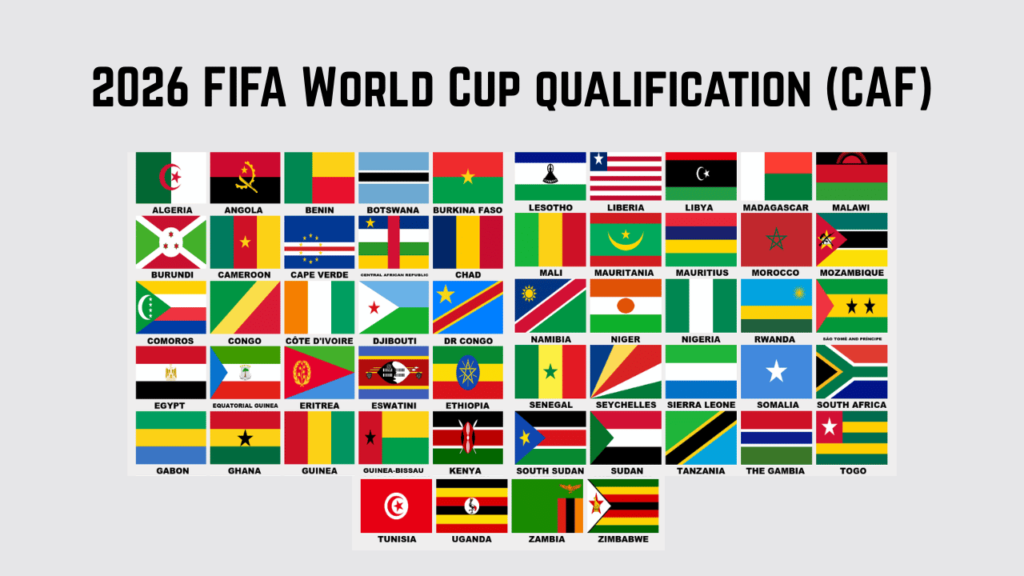
Asia (AFC) – 8 Teams
- Total Teams: 46
- Spots Available: 8
- Start Date: October 12, 2023
- End Date: September 2025
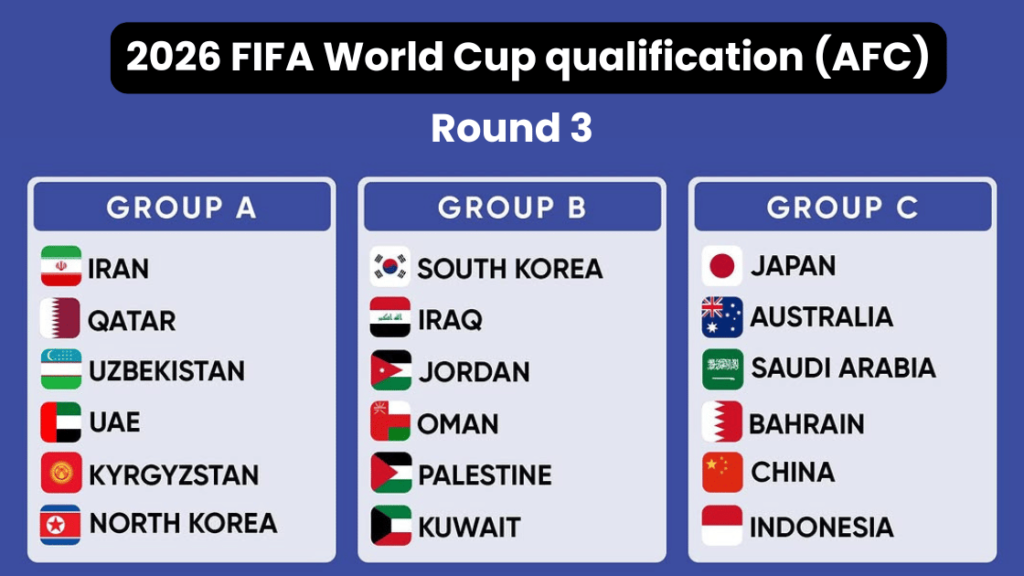
Oceania (OFC) – 1 Team
- Total Teams: 11
- Spots Available: 1
- Start Date: September 6, 2024
- End Date: March 24, 2025
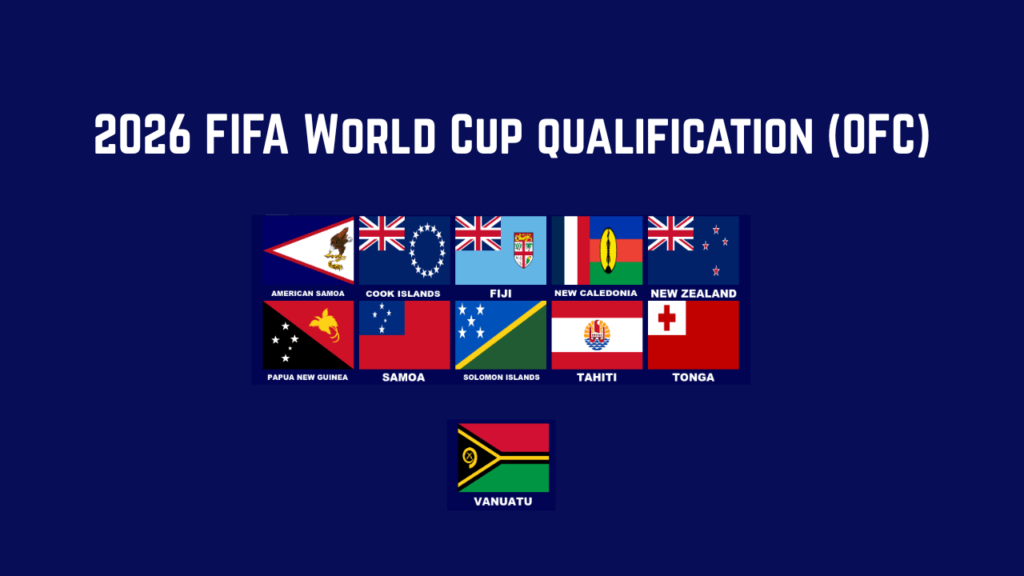
The New Group Stage Format
FIFA has redesigned the World Cup group stage to accommodate the expanded 48-team format, creating a more inclusive and exciting tournament structure. The competition will feature 12 groups containing 4 teams each, rather than the 16 groups of 3 that was initially proposed, ensuring every team plays at least three matches in the group stage1.
The top two teams from each group will automatically advance to the knockout stage, creating 24 qualified teams from this initial round1. Additionally, the 8 best third-placed teams across all groups will also move forward, bringing the total to 32 teams in the knockout phase1.
More Matches, More Excitement
The expanded format will result in a total of 104 matches throughout the tournament, significantly more than previous World Cups. This increase provides fans with more opportunities to watch their favorite teams and discover new talents from around the world1.
Every participating team is guaranteed to play at least three matches in the group stage, eliminating the possibility of teams being eliminated after just two games as would have happened in a three-team group format. This change ensures that teams and fans get more value from their World Cup experience, with more playing time and opportunities to advance in the tournament.
FAQs
1. How many teams will compete in the 2026 FIFA World Cup?
The 2026 World Cup will feature 48 teams, making it the largest edition in the tournament’s history. This marks a significant expansion from the 32-team format used since 1998. The new structure includes 12 groups of four teams each, with the top two from each group plus eight third-placed teams advancing to the knockout stage.
2. Which countries are hosting the 2026 World Cup?
For the first time, three nations—Canada, Mexico, and the United States—will co-host the tournament. Matches will be played across 16 cities in North America, including iconic venues like Mexico City’s Estadio Azteca and New York/New Jersey’s MetLife Stadium.
3. Which teams have already qualified for the 2026 World Cup?
As of April 2025, seven teams have secured spots:
- Host nations: United States, Canada, Mexico
- AFC (Asia): Japan, Iran
- OFC (Oceania): New Zealand
- CONMEBOL (South America): Argentina
Qualification continues across other confederations, with UEFA (Europe) and CAF (Africa) yet to finalize their entrants.
4. How does the new 48-team format work?
The tournament will begin with 12 groups of four teams. The top two from each group (24 teams) and the eight best third-placed teams will advance to a Round of 32, followed by standard knockout rounds. This format ensures each team plays at least three matches and increases the total number of games to 104.
5. When does the 2026 World Cup start and end?
The tournament runs from June 11 to July 19, 2026. The opening match will be held in Mexico City, while the final is slated for New York/New Jersey’s MetLife Stadium.
6. How are qualification spots allocated across continents?
FIFA has allocated slots as follows:
- UEFA (Europe): 16 direct spots
- CAF (Africa): 9 direct + 1 playoff
- AFC (Asia): 8 direct + 1 playoff
- CONCACAF (North/Central America): 6 direct + 2 playoff
- CONMEBOL (South America): 6 direct + 1 playoff
- OFC (Oceania): 1 direct + 1 playoff.
7. How can fans purchase tickets for the 2026 World Cup?
Official ticket sales are expected to begin in late 2025 via FIFA’s website. Early phases may involve lotteries, while later stages could use first-come-first-served systems. Prices for group-stage matches may start around $21, but finals tickets are likely to cost significantly more.
8. What are the sustainability concerns for the 2026 World Cup?
With matches spread across 16 cities in three countries, critics highlight potential environmental impacts due to increased air travel for teams and fans. FIFA has pledged to address these concerns, though specific measures remain unclear.
9. How is UEFA’s qualification process structured for 2026?
Europe’s 54 teams compete in 12 groups, with group winners (12 teams) qualifying directly. The 12 runners-up enter playoffs for the remaining four spots. Qualifying runs from March 2025 to March 2026.
10. Which teams are favorites to win the 2026 World Cup?
Defending champions Argentina top early power rankings, followed by European giants like France, England, and Spain. Host nations like the United States and Mexico are also expected to perform strongly due to home advantage.

